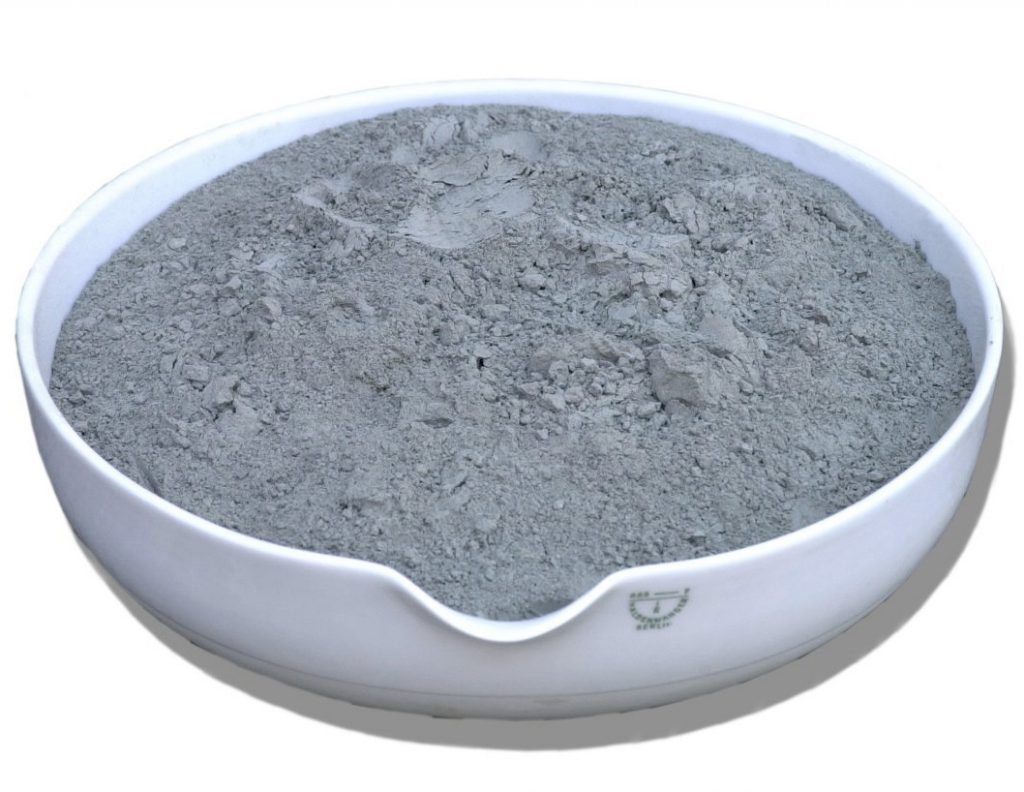CHARACTERISTICS AND PROPERTIES
The main attributes to classify the cement varieties are the type and quantity of additions and their strength
The two main characteristics to classify the different varieties of cement are the type and amount of addition they contain and the strength they achieve after certain periods of time.
Unlike gypsum and lime, pure cement is rarely used. Its proper use is combined with other materials in the manufacture of conglomerates, especially mortars and reinforced concrete. Mixed with water in a process called hydration, the cement hardens both in the air and submerged in water. It is, therefore, a hydraulic conglomerate par excellence.
On the other hand, the peculiarities of each type of cement determine their most suitable applications and their precautions of use. These are regulated by UNE or EN standards, which include the definitions and specifications of existing cements.
Cement can be composed of different materials, which confers different physical and chemical qualities and, therefore, different strength for each specific application.
These materials can be classified into two types of components:
Major component or addition: > 5% by mass.
Minor component or addition: <5% by mass.

PORTLAND CEMENT
Allowed types of addition are as follows:
(S) Blastfurnace slag
(P) Natural pozzolans
(Q) Industrial pozzolans
(T) Calcined shale
(V) Siliceous fly ash
(L) Limestone (TOC <0.5%)
(LL) Limestone (TOC <0.2%)
(D) Silica fume
(F) Filler
(W) Calcareous fly ash
Portland cement and its derivatives are the most used in construction. Portland cement is composed of the following parts:
- Core: Formed by clinker, the main additions in this case (> 5%) and minor components (additions) (<5%).
- Calcium Sulfate: Acts as a setting regulator. Usually dosed in less than 5% by weight of the core.
- Grinding Additives: Less than 1% by weight of the core
As main additions the following can be used: S / P / Q / T / V / L / LL / D / W. As minor components, the filler (F) or any of the additions other than the main addition of cement may be used. Minor components may not exceed 5% by mass of the total core.
The additions are regulated by the corresponding standards and, together with the strength characteristics, give each cement the qualities and specificities that makes it more or less suitable for certain applications.
